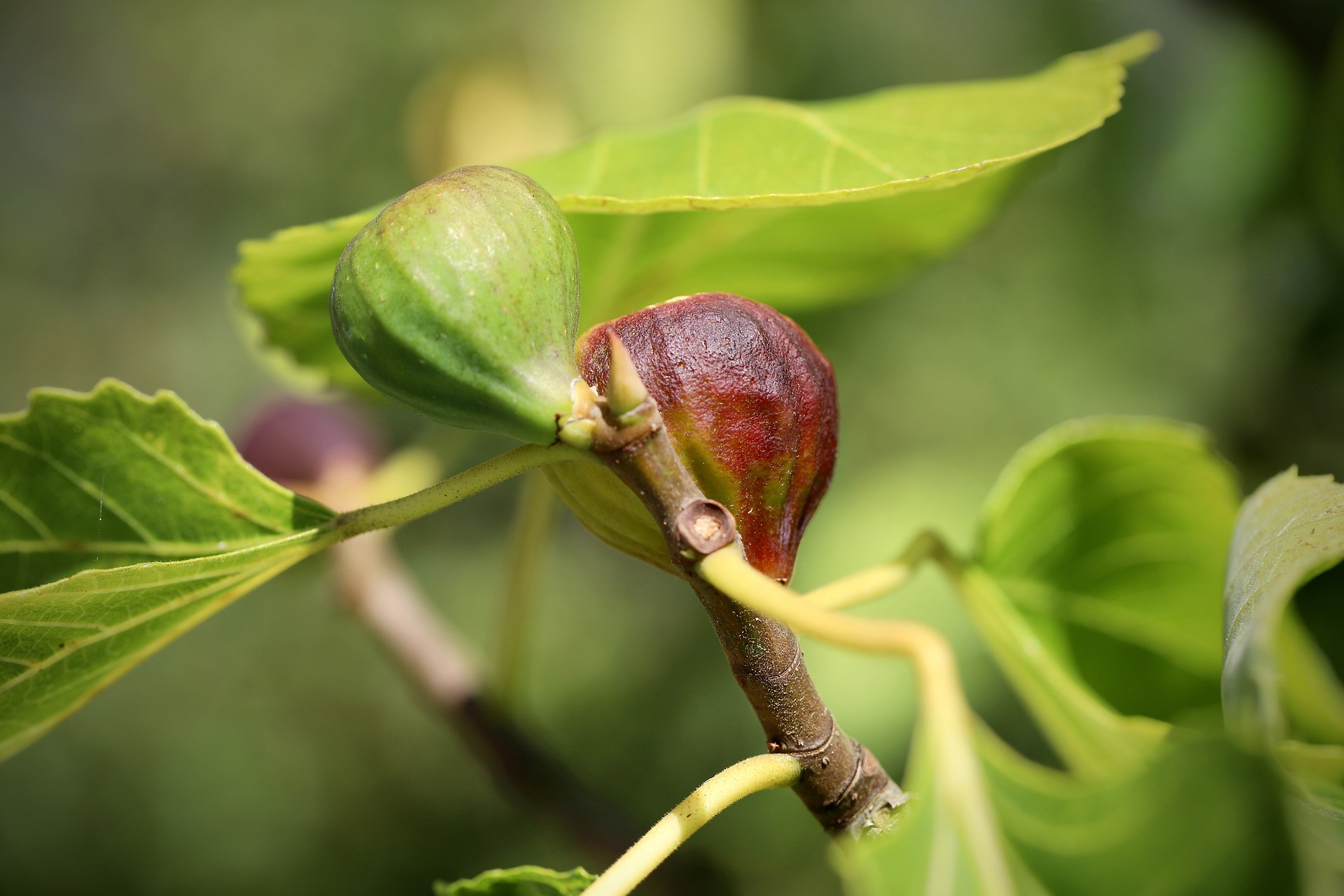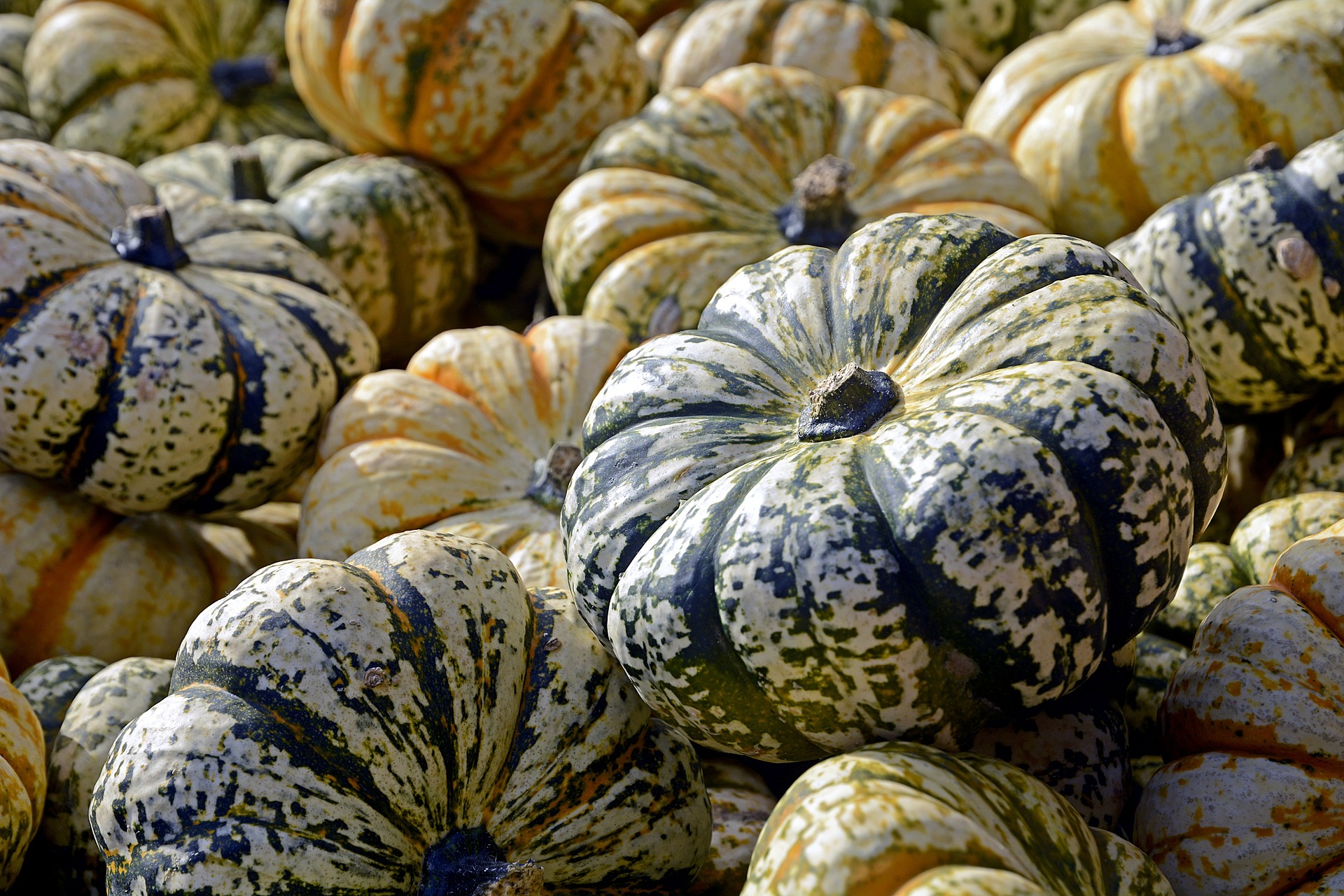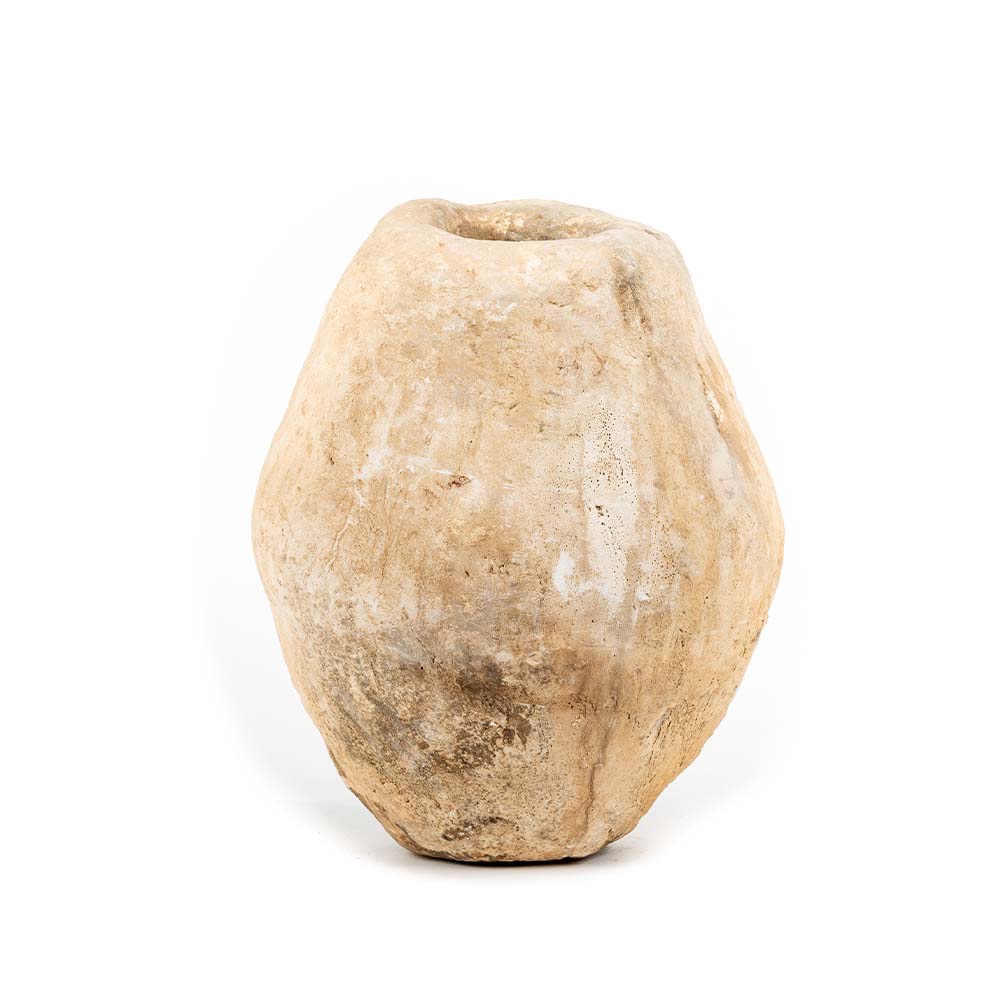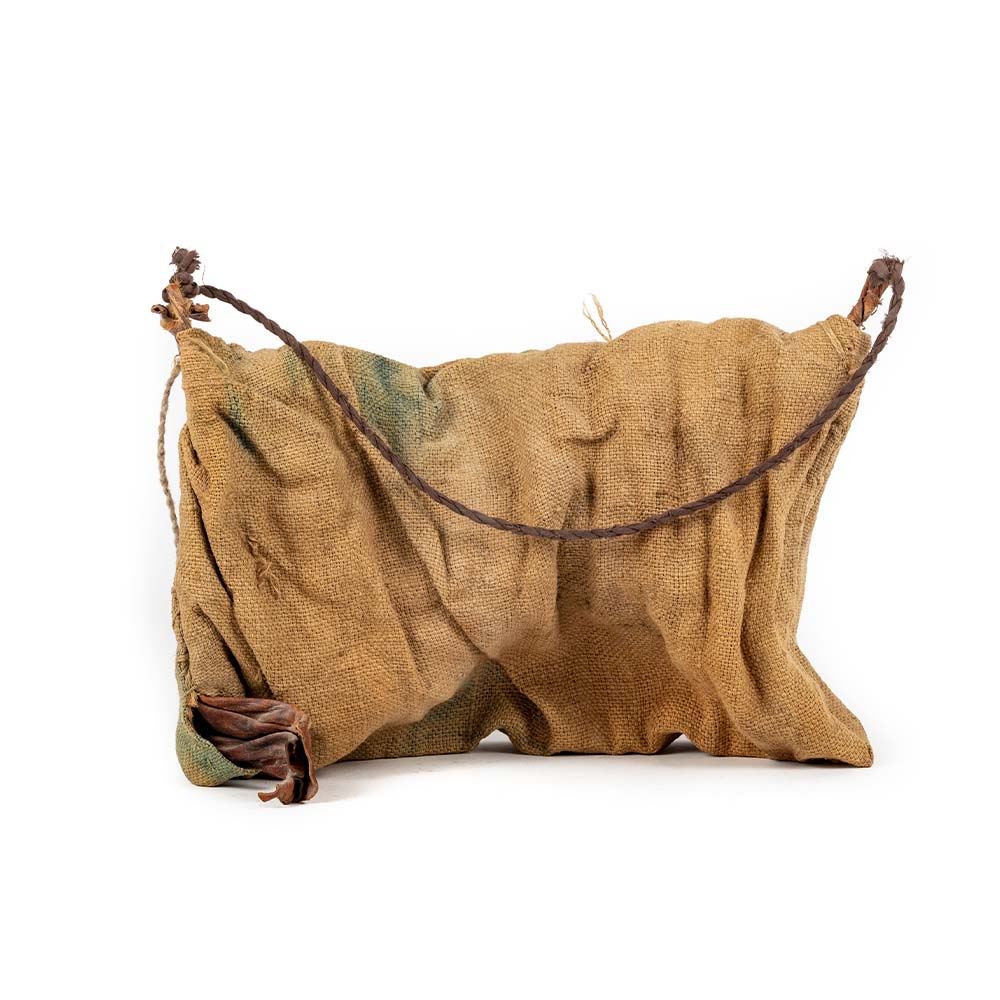Introduction
Botanical gardens refer to locations where endangered plant species are cultivated, protected and preserved for scientific research (Gemici 2184). The Quranic Botanic Garden (GBG) present a new ideology in the realm of botanical gardens, emphasising the importance of plants that the Holy Quran and Hadith mention (QBG – Qur’anic Botanic Garden). Throughout history, botanical gardens have acted as sources of scientific knowledge of different plants. However, the QBG in Qatar presents nature’s cultural, religious, and ethical aspects. In particular, the QBG enhances the knowledge of the importance of plants highlighted in the Islamic texts. Besides, QBG explains the terms relating to the plants and provides ways of preserving them. The following post presents the QBG solves environmental issues relating to non-human life.
A New Form of Botanical Gardens
The QBG promotes the rights of plants, animals, and human beings, unlike other botanical gardens like Jardin des Plantes that showcase imperial power. Historically, the QBG differs from botanical gardens that have existed over the years, most notably the Jardin des Plantes in Paris, France. Jardin des Plantes forms the most famous botanical garden in the world, which developed as scientific study centres. Botanical gardens emerged in Europe in the nineteenth century as an impact of European colonisation (Klemun 2). During this time, these gardens provided scientific knowledge of different groups of plants. Additionally, European exploration in the early nineteenth century led to the acquisition of several groups of plants that never existed in western science (Klemun 2). This further led to the establishment of greenhouses that assisted in the display of large species of plants acquired from different parts of the world. To this end, the Jardin des Plantes in France became a model that unites theoretical and practical, local and international, and certain and uncertain knowledge (Klemun 2).




In contrast to the Jardin des Plantes, the QBG is a new concept of botanical gardens that emerged in Qatar in 2008 to promote and preserve the cultural and religious aspects of various plants mentioned in Islamic texts (QBG – Qur’anic Botanic Garden). The QBG displays plant species native to Qatar and those mentioned in the Holy Quran and the Hadith, such as talcum, figs, pumpkin, and ginger. This affirms the ideology of plants being intrinsic beings created by an Almighty Creator. On the other hand, the Jardin des Plantes showcase invasive plant species, raising the question of what is native and invasive in botanical gardens. According to Ritvo (2017), various aggressive invasives in British and Irish botanical gardens include plant species introduced in the European nations due to political and commercial expansion (173). From this perspective, the plant species in Jardin des Plantes are invasive since the historical context of the botanical garden shows that most plant groups originated from different parts of the world (Klemun 2). On the other hand, nature refers to anything intrinsic, original, and raw rather than cultivated, civilised or refined (Daston 7). The QBG consists of native plant species since it comprises plant groups, which the Hadith and Holy Quran mention. Based on this, the QBG affirms the ideology of plants being intrinsic beings created by God, The Almighty, while also showcasing native plant species based on religious texts.
Concept of Nature & the Display of Non-Human Life
The QBG presents a modern perspective of nature, while the Jardin des Plantes has a traditional view of what is natural. The latter are ecological gardens, which aim to promote natural biodiversity devoid of human intervention. As a result, the public had no access to the Jardin des Plantes from the time of its construction until 1982, after the implementation of various improvements. The botanical gardens consist of seven different open environments artificially established based on the geographical origin of species and ecological affinities of plants. This shows that the Jardin des Plantes promotes the traditional concept of nature that emphasises a distinction between the artificial and natural components of the earth. Aristotle defines specific nature as things that reproduce faithfully (Daston 11). According to this principle, specific nature adopts features of its form. As a result, the botanic garden maintains an environment that enables each plant to reproduce after its form. Therefore, this explains the theory behind the construction of the Jardin des Plantes in a manner that blocks public access. Besides, the botanic gardens provide space for natural biodiversity, which implies that the Jardin des Plantes promotes the ideology of Aristotle about the definition of nature.
On the other hand, the QBG emphasises the modern conception of nature. Modern philosophy presents nature as materials without human influence but as things that can be preserved against corruption (Ducarme and Couvet 4). Unlike the traditional view of nature presented by Aristotle as something beyond the control of human beings, the modern concept of nature defines it as anything that requires protection and preservation, even if it exists without human intervention. Based on this, QBG provides principles humans can use to maintain and preserve different plant species. For example, the Botanical Museum provides enlightening information, Islamic inscriptions, paintings, and images to give visitors a sense of Arab and Islamic natural history (QBG – Qur’anic Botanic Garden). These museums also display historical items distinguished by four categories:
- Traditional Agricultural
- Food and Beverage Tools
- Cosmo-Medicinal
- Date Palm Tools
Below are a few items displayed in these museums:

Under the ‘Traditional Agricultural’ category, this tool is used for crushing grains and other substances alike.
Source: (QBG – Qur’anic Botanic Garden)

Under the ‘Traditional Agricultural’ category, this tool is a sieve used to pick out grains, flour, etc.
Source: (QBG – Qur’anic Botanic Garden)

Under the ‘Food and Beverage’ category, this tool is used to prepare drinks.
Source: (QBG – Qur’anic Botanic Garden)

Under the ‘Food and Beverage’ category, this is a little bowl made of leather tanned with pomegranate, gourd, or another tanning plant and filled with ghee and honey.
Source: (QBG – Qur’anic Botanic Garden)
The QBG emphasises the intrinsic value of all life, hence eradicating the view of humans as the only essential element of existence. Primarily, there is an interdependent relationship between humans and non-human life. As a result, various ecologists promote the comprehensive ideology that all life forms have intrinsic value and refute views that consider humanity or non-human life as the only essential element of existence (Guha and Nixon 43). Therefore, it is vital to consider the value of both to promote a sustainable environment. In this case, the QBG recognises the spiritual significance of different plant species, forming the basis of the anthropocentric and non-anthropocentric perspectives that the QBG promotes. It unveils plants as unique blessings that God gifted humanity with, thereby respecting the value of different species. Unlike the Jardin des Plantes, the QBG considers the significance of non-human life to humans, enabling the display of plants to encourage the conservation and protection of the environment. This line of thought shows that humanity has the moral obligation to protect non-human life due to its inherent value and impact on human life. In fact, several notable mentions have been made in the Quran urging humanity to protect the Earth:
“And We brought down from the sky blessed water, and produced with it gardens and grain to harvest.”
Surah Qaf: 9
“Eat and drink from God’s provision, and do not corrupt the earth with disobedience.”
Surah Al-Baqarah: 60
“And you see the mountains, and imagine them fixed, yet they pass, as the passing of the clouds—the making of God, who has perfected everything. He is fully Informed of what you do.”
Surah An-Naml: 88
“It is He who made the earth manageable for you, so travel its regions, and eat of His provisions. To Him is the Resurgence.“
Surah Al-Mulk: 15
The QBG applies anthropocentric and non-anthropocentric ethics, while the Jardin des Plantes considers only anthropocentric ethics in displaying non-human life. Environment anthropocentric ethics considers how materials and non-human life influence humans, while non-anthropocentric ethics only emphasises the intrinsic value of nature (Guha). Additionally, they highlight the responsibility of humans to the ecosystem and wild species and constitute anthropocentric and non-anthropocentric views (Guha).
Notably, Jardin des Plantes aims at preserving the biodiversity of plant groups collected from different parts of the world. As a result, the botanic gardens in France display non-human life in ways that promote their intrinsic value. Chaudhuri (2017) argues that all living things have unique intrinsic value, stressing the importance of recognising the intrinsic value of every living thing (147). Based on this concept, the Jardin des Plantes value the biodiversity of different groups of plants, further emphasising the non-anthropocentric values. While the Jardin des Plantes offers these plants representation, their display does not offer the same spiritual value that the QBG portrays.
Contrastingly, the QBG considers the importance of all living things. Primarily, there is an interdependent relationship between humans and non-human life. As a result, various ecologists promote the comprehensive ideology that all life forms have intrinsic value and refute views that consider humanity or non-human life as the only essential element of existence (Guha 74). Therefore, it is vital to consider the value of both to promote a sustainable environment. In this case, the QBG recognises the spiritual significance of different plant species. This forms the basis of the anthropocentric and non-anthropocentric perspectives that QBG promotes. It unveils plants as unique blessings that the Almighty God presented to humans, thereby respecting the value of different species. Unlike the Jardin des Plantes, the QBG considers the significance of non-human life to humans. This enables the botanic gardens to display plants in a manner that encourages the conservation and protection of the environment. This line of thought shows that humanity has the moral obligation to protect non-human life due to its inherent value and impact on human life.
Conclusion
In conclusion, the QBG is a new form of the botanical garden, which provides various solutions to environmental issues relating to non-human life. It promotes the rights of all life, creates awareness of the importance of maintaining a sustainable environment, and ensures the preservation of different groups of plant species. Even though this post presents QBG as a new kind of botanical garden, further research should evaluate whether it is ethical for botanical gardens to display both human and non-human life.
Works Cited
- Chaudhuri, Una. “Interspecies Diplomacy in Anthropocenic Waters: Performing an Ocean-Oriented Ontology.” The Routledge Companion to the Environmental Humanities, by Ursula K. Heise et al., Routledge, Taylor & Francis Group, 2017.
- Daston, Lorraine. Against Nature. MIT Press, 2019.
- Ducarme, Frédéric, and Denis Couvet. “What Does ‘Nature’ Mean?” Palgrave Communications, vol. 6, no. 1, 2020. wrlc-gu.primo.exlibrisgroup.com, https://doi.org/10.1057/s41599-020-0390-y.
- Gemici, Ruhugül Özge Ocak. “Education Function of Botanical Gardens.” World Academy of Science, Engineering and Technology International Journal of Social, Behavioral, Educational, Economic, Business and Industrial Engineering, Jan. 2015. www.academia.edu, https://www.academia.edu/32392921/Education_Function_of_Botanical_Gardens.
- Guha, Ramachandra, and Rob Nixon. “‘Radical American Environmentalism and Wilderness Preservation: A Third World Critique’ (1997).” The Future of Nature, Yale University Press, 2013.
- “Jardin Des Plantes.” University of Montpellier, https://www.umontpellier.fr/en/patrimoine/jardin-des-plantes. Accessed 6 Nov. 2022.
- Klemun, Marianne. “The Botanical Garden.” EGO(Http://Www.Ieg-Ego.Eu), June 2019, http://ieg-ego.eu/en/threads/crossroads/knowledge-spaces/marianne-klemun-the-botanical-garden.
- QBG – Qur’anic Botanic Garden. https://qbg.org.qa/. Accessed 6 Nov. 2022.
- Ritvo, Harriet. “Invasion/Invasive.” Environmental Humanities, vol. 9, no. 1, May 2017, pp. 171–74. Silverchair, https://doi.org/10.1215/22011919-3829190. “University of Montpellier – Science, Technology, Health, Law, Economics, Management.” University of Montpellier – Science, Technology, Health, Law, Economics, Management, https://www.umontpellier.fr/en/. Accessed 6 Nov. 2022.